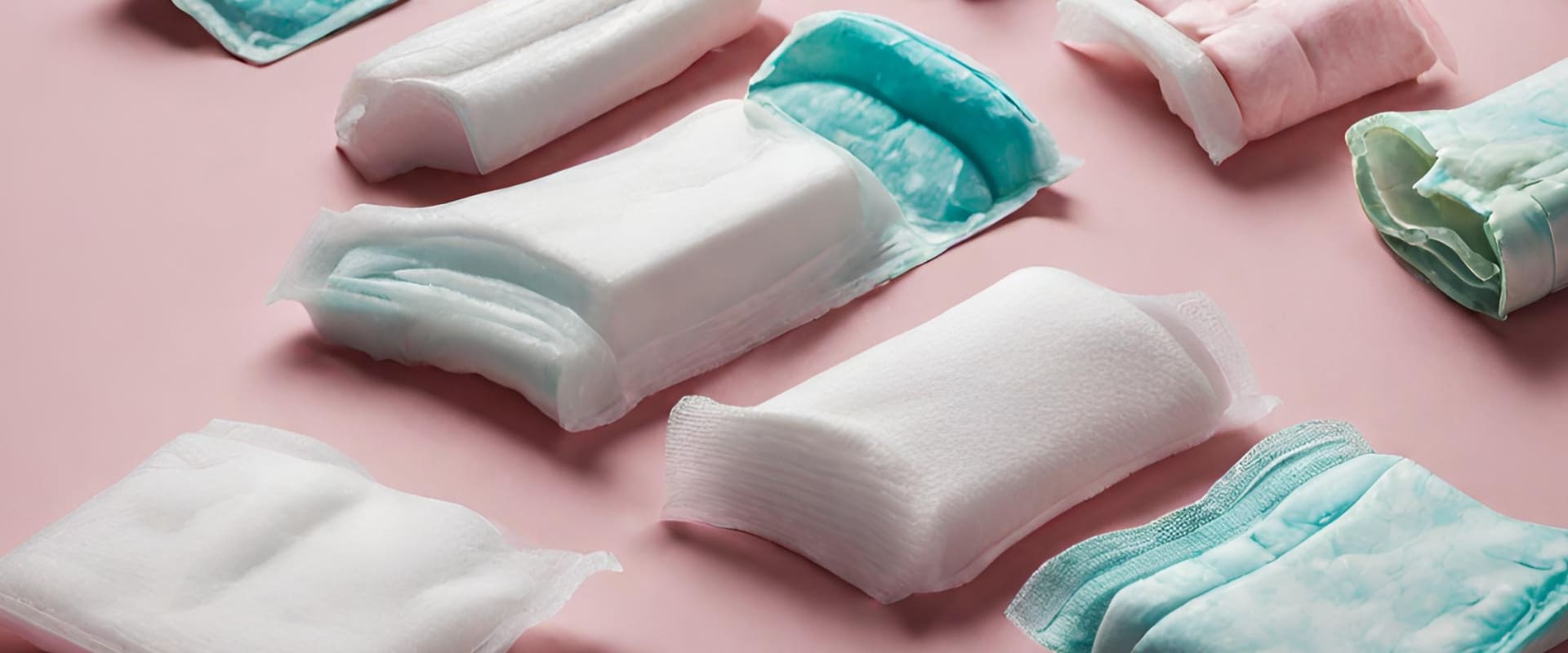Abstract
One of the interesting aspects of Sanitary Pads is their ability to act somewhat like a filter. When menstrual fluid comes into contact with the pad's top layer, it starts to absorb quickly. This is due to the capillary action – the ability of a liquid to flow in narrow spaces without the assistance of, or even in opposition to, external forces like gravity.
Blog
Sanitary pads are designed with a multi-layered structure to efficiently manage menstrual fluid. The top layer of the pad serves as a key element in this process. When menstrual fluid comes into contact with the pad's top layer, it triggers a phenomenon known as capillary action.
Capillary action is the ability of a liquid to flow in narrow spaces without the need for external forces like gravity. In the context of sanitary pads, the capillary action enables rapid absorption of menstrual fluid into the pad. The top layer is often made of materials with high absorbency, such as superabsorbent polymers or cellulose-based materials.
As the fluid is absorbed, it moves through the pad's layers, spreading out and being retained within the core of the pad. This helps in preventing leakage and providing a dry and comfortable experience for the user. The absorbent core is typically made of materials that can hold a significant amount of fluid while maintaining the structural integrity of the pad.
Apart from capillary action, the materials used in sanitary pads are chosen for their softness, comfort, and moisture-wicking properties. These features contribute to the overall effectiveness of the pad in keeping the user dry and preventing potential discomfort during menstruation.
- Top Layer Material: The top layer is typically made from non-woven materials like polypropylene or a combination of materials designed to be soft, comfortable, and moisture-wicking. Some pads feature perforations or patterns in the top layer to enhance fluid penetration and distribution.
- Capillary Action: When menstrual fluid comes into contact with the top layer, capillary action comes into play. Capillary action is the ability of a liquid to be drawn into narrow spaces, against external forces like gravity. In the case of sanitary pads, this facilitates the quick absorption of menstrual fluid.
- Absorbent Core: Beneath the top layer lies the absorbent core, which is the heart of the pad's functionality. The core is made from materials with high absorbency, such as superabsorbent polymers (SAPs), wood pulp, or a combination of materials. Superabsorbent polymers have the ability to absorb and retain several times their weight in liquid.
- Distribution Layer: Some pads include a distribution layer between the top layer and the absorbent core. This layer helps evenly distribute the absorbed fluid, preventing it from pooling in one area.
- Leakage Protection: The design of the pad, including its shape and the presence of leak-proof barriers, aims to prevent any potential leakage during use. The back layer of the pad is often impermeable to ensure that the absorbed fluid stays within the pad.
- Adhesive and Wrapper: Adhesive materials on the back of the pad secure it to the undergarment, providing stability during movement. Each pad is individually wrapped to maintain hygiene and facilitate easy and discreet disposal.
- Odor Control: Some pads incorporate materials that help neutralize or mask odors associated with menstrual fluid.
- Variety of Options: Manufacturers offer a variety of pad options, including different sizes, thicknesses, and absorption capacities, to cater to individual preferences and flow levels.



